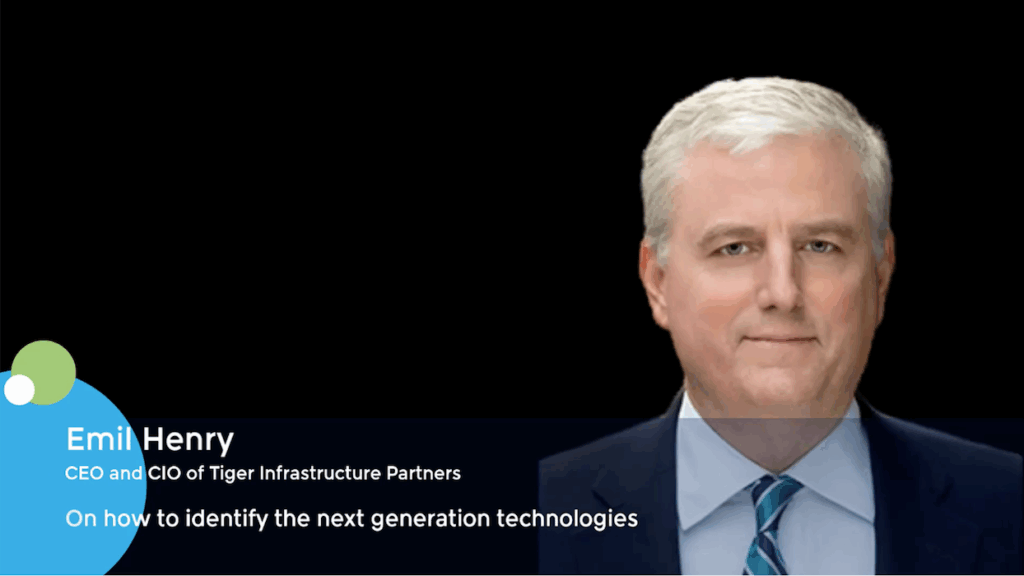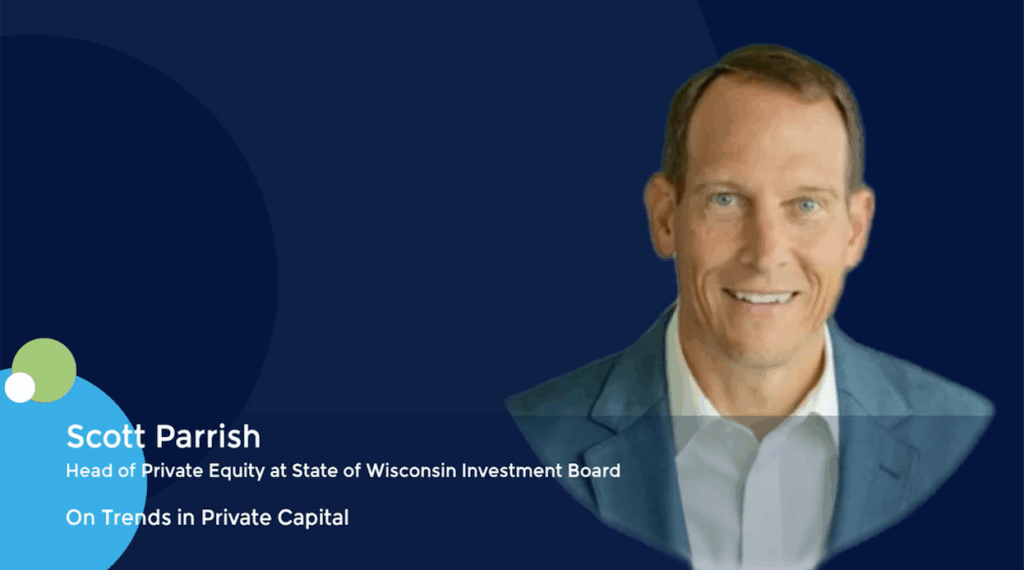LPs in Asia: Australia’s MLC Private Equity goes heavy on co-investment
The superannuation fund is building out its co-investment programme aggressively, but unlike many of its peers, this has not come with a commensurate consolidation of GP relationships
MLC Private Equity (MLC PE), part of one of Australia’s largest superannuation funds, started raising external capital about 10 years ago. Fellow institutional investors supported a co-investment vehicle that had delivered a 2.7x multiple of invested capital (MOIC) and a 18.6% IRR as of end-2023. Twelve of the 14 positions have been exited.
Participation widened in the next two vintages – 2017 and 2021 – to include family offices, wholesale investors, and retail investors. Early performance has been encouraging. Fund II generated returns of 3.3x and 2.9x on its first couple of exits, and MLC PE plans to ride the momentum and launch a fourth co-investment vehicle later this year.
External capital represents a small portion of overall assets under management – currently more than AUD 5.3bn (USD 3.5bn) – but MLC PE sees the strategy as validation of an opportunistic and entrepreneurial style that remains contained by an institutionalised framework. It also underlines private equity as a golden goose in the broader MLC organisation.
“It’s involved a lot of work internally, but the organisation has really supported it,” said Rachael Lockyer, a portfolio manager at MLC PE. “The growth of the private equity programme is a key pillar of our strategic roadmap as a super fund.”
The latest extension of this theme came last April when StepStone Group’s secondaries team established a new vehicle for a portfolio of global middle-market PE fund positions and co-investments valued at USD 632m. The transaction included a USD 130m staple of primary capital to be invested by MLC PE, which will also continue to manage the existing underlying assets.
The vehicle, known as MLC Private Equity Partners, is touted as the first of its kind in Australia and appears set to be replicated by other institutional investors in the market dealing with slow distributions. Liquidity issues were not listed among MLC PE’s motivation, however.
Kristian Zimmermann, co-head of private equity at MLC Asset Management, the parent entity, which has over USD 148bn in AUM, said the motive was to expand the third-party capital management business and enable portfolio rebalancing for existing clients while at the same time retaining MLC PE’s access to managers and co-investments.
“MLC PE portfolio’s is well diversified across vintages and continues to generate net distributions for its clients in the current environment,” Zimmermann said.
“Over the past 26 years, MLC PE has invested over AUD 10bn in private equity globally, across all market cycles. We will continue to deploy capital in PE assets on behalf of our growing base of Australian and international investors, including investors in MLC Private Equity Partners.”
Direct exposure
Capital deployed as co-investment has been twice that deployed via fund commitments in recent years despite ticket sizes for funds remaining stable. MLC PE said it has recently set a target allocation for co-investment at 50% of the overall programme and “made strong progress towards this goal,” without specifying the current funds-to-directs ratio.
As of end-2023, co-investment exposure in terms of geography was 62% US, 25% Europe, 9% developed Asia, and 4% emerging markets. Healthcare, consumer, and IT are the best represented sectors.
The standout case-study within the region is arguably New Zealand transport operator NZ Bus, which MLC PE backed alongside Australia-based Next Capital in 2019. The buyout firm sold the business to segment leader Kinetic for almost NZD 400m (USD 245m) in 2022 following an ambitious bus electrification programme. This generated 4.1x returns for both Next and MLC PE and an IRR of 69%.
Unsurprisingly, the onboarding of direct investment skills – including knowledge sets in technology, software, and consumer – has been a team building priority in recent years. Since 2019, MLC PE has grown from seven to 10 investment professionals; there are now six in Sydney and four at a longstanding base in New York.
Having an Australia-US footprint is believed to quicken decision-making by giving the firm a 24-hour workday, resulting in a unique mix of GP and LP culture. Deal flow is high-energy – nine to 10 co-investments a year globally – but with a strong focus on downside protections and liquidation preferences.
Lockyer’s background reflects this style. She joined MLC PE in 2021 having spent the prior 10 years with consumer-focused L Catterton and local private equity firm Ironbridge Capital.
“People always ask me, ‘Why did you move to the LP side?’ I was attracted to the global deal flow from the best private equity managers in the mid-market. Because of our strong focus on co-investment, I’m constantly investing, which is the fun part,” Lockyer said.
“I also get to work with some of the brightest minds in private equity as we co-underwrite nearly all of the deals we do, working alongside our managers and assisting them with due diligence where we can, drawing from our global experience and insights.”
MLC PE aims to assist portfolio GPs through due diligence support. This includes providing insights and a global macro view of risks and opportunities, as well as introducing managers to other portfolio GPs overseas that have already done similar deals or value creation programmes in other businesses.
Lockyer noted that its helpful to be in the trenches with managers on deals in the sense that it reinforces the relationships and makes for better partnerships. Being able to see managers at work also helps strengthen conviction in subsequent fund commitments.
“To do co-investments, you need a strong team that can work quickly. What you don’t want is to be annoying to the GPs with a laundry list of questions. Given our speed and long-term experience in the market, we’re quite helpful as a co-underwriting partner,” Lockyer said.
“I think our GPs appreciate that we’re another set of eyes on deals with a global perspective. We have years of track record – and scar tissue – in certain sectors, which they value.”
At a time when many LPs are expanding co-investment programmes to improve returns and push down fees, there is also a tendency to consolidate GP relationships. The logic is straightforward: by writing bigger cheques, the LP puts less pressure on its team and has more influence over GPs. This contributes to better terms around fees and better access to co-investment.
MLC PE is not going down this road. Although, co-invest is expanding, GP relationships are not being pared. This is partially because the firm wants to maintain is focus on the middle market, where funds are too small to make much larger commitments. Part of it is about maintaining diversification in the GP portfolio.
In terms of GP selection, there is an increasing interest in sector specialists, notably in healthcare and technology, which are seen as stabler bets in times of volatility. Relationships in this vein include Australian technology specialist Potentia Capital.
MLC PE co-invested alongside Potentia in its acquisition of payroll software provider Ascender at a valuation of USD 25m in 2015. The business was sold to a US strategic in 2021 for USD 500m.
First-time funds from existing relationships are also attractive due to the perceived motivation of the individual managers. MLC PE helps ensure institutional quality by helping raise the fund and sitting on an advisory board. It will also warehouse the fund’s first deal.
“The work the senior partners do on their first deals in their first fund is just so much more than you’d see from a senior partner at a large PE fund that’s been around for many years,” Lockyer said.
“The GP is really aligned because they put a material amount of their own wealth into the fund, and they want to make it work for the future of their own livelihood, so we’ve seen superior returns in these situations.”
Liquidity looms?
Lockyer observes that while there many exits currently in process, the question remains whether they will get done over the next six months. If they don’t, there will be a proliferation of continuation funds in the first half of calendar 2025 and a significant level of secondary capital to support them.
MLC PE has achieved liquidity from both single-asset and multi-asset continuation funds. This activity is expected to continue, and despite being viewed with some caution, it is being addressed with a sense of realism and an appreciation of the GP logic.
“Deal flow has been lighter recently, and when managers have these great assets in their portfolio, and their fund might be coming to its end of life, they just don’t want to let these companies go because they’re not seeing anything else nearly as good coming in the door,” Lockyer said.
“So, why let a company go when you know the management team and you still see tangible value creation opportunities in the near-term? We’re cautious about this generating another layer of fees, but the managers are generally aligned to make these businesses work so it makes sense.”
Lockyer added that liquidity has been good in the past 12 months – “better than the overall market” – and that according to an external benchmarking study, MLC PE is performing in the top decile of super fund private equity programmes.
As of end-2023, only 18% of the portfolio was in Asia, and it is unclear to what extent this could increase going forward. China has become less interesting due to a difficult exit environment, but much of the region fits neatly in a middle-market buyout thesis. In particular, Lockyer sees potential in her home market.
“It’s been very busy down here with interest from Asian LPs in Australian middle-market PE funds, and we’ve had a lot of inbound inquiries ourselves as to whether we’re selling exposure to any funds,” she said.
“Now that some LPs have redirected their China pool of capital into developed Asia, and they haven’t done much in the Australia region historically, there is a real desire to invest in the region.”











